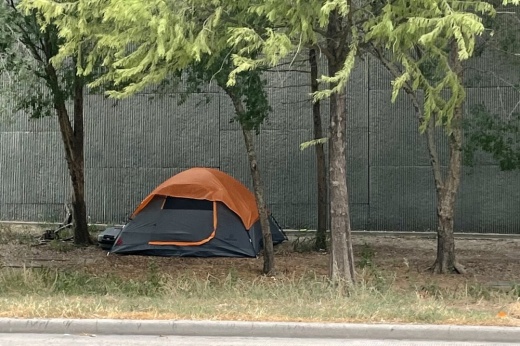Zooming in
In the 1,068-page report drafted by the Montgomery County Office of Community Development, four main concerns were highlighted:
- Insufficient fair housing education and outreach efforts
- Demand for higher level of enforcement of fair housing laws
- A lack of affordable housing that is accessible to persons with disabilities
- Higher unemployment rates among persons of color causing disproportionate cost burdens
“There is a housing gap of 12,835 rental units affordable and available for 0%-30% [area median income] and 31%-50% AMI renter households,” according to the report. “In 2022, there were 262 persons who contacted the Montgomery County Women’s Center seeking emergency housing but were turned away due to lack of capacity.”
“If HUD approves our plan, our focus is to fund public services through area nonprofits that provide emergency rent/utility services, transportation services for our seniors, job training for low-income persons, food distribution for seniors, homeless and low income persons, Home Owner Rehab program and public facility improvements like parks and community centers,” Director of Community Development Rebecca Ansley said.
“One-, two-, and three-bedroom affordable rental units are in high demand. In general, stakeholder and resident consultation identified a lack of affordable housing throughout the county and the need to prioritize affordable housing for both seniors and persons with a disability,” according to the HUD consolidated stakeholder report, which is attached to the community development report.
What’s being done
Ansley said the community development department is seeking funding to address the biggest concerns outlined in the report. If the plan is accepted by HUD, funding will be allocated to three major programs administered by the Community Development Block Grant program:
- CDBG: $2.69 million
- HOME investment Partnerships Program: $777,034
- Emergency Solutions Grants: $223,763
- Street lighting
- Sidewalk, street and alley improvements
- New park development
- Old park renovations and compliance with the Americans with Disabilities Act
- Public transportation initiatives
The submission of the plan to HUD is only the beginning phase of the overall project plan, which is set to span from 2023-27 and increase the availability of affordable housing and transportation, ultimately decreasing homelessness and unemployment rates overall. Each year, the county will request additional funding for additional projects as needed.





